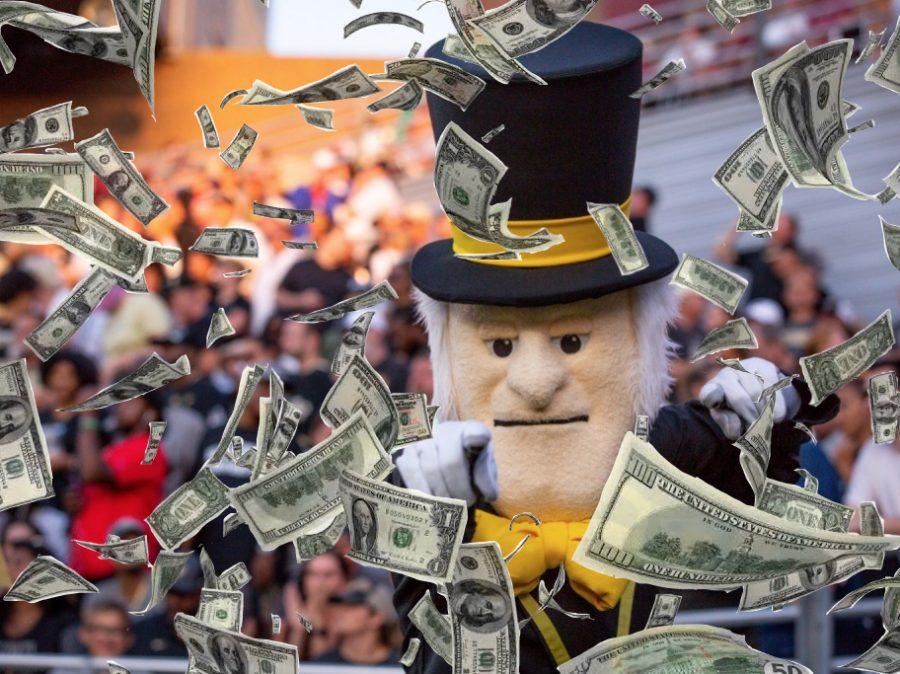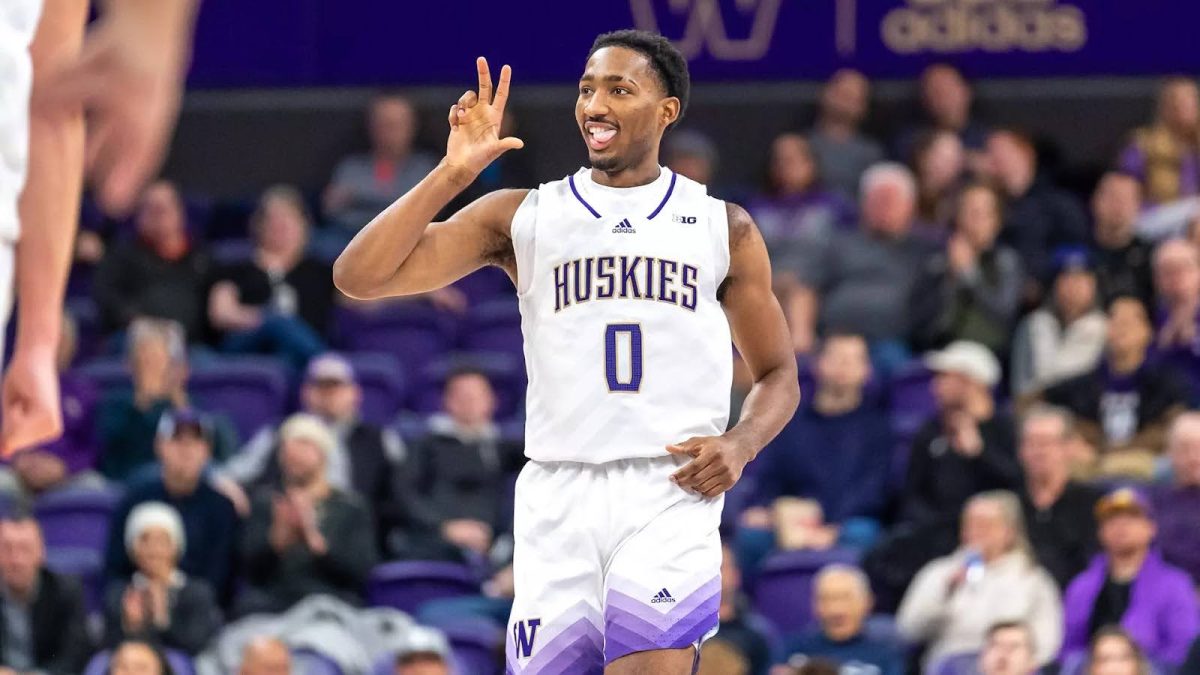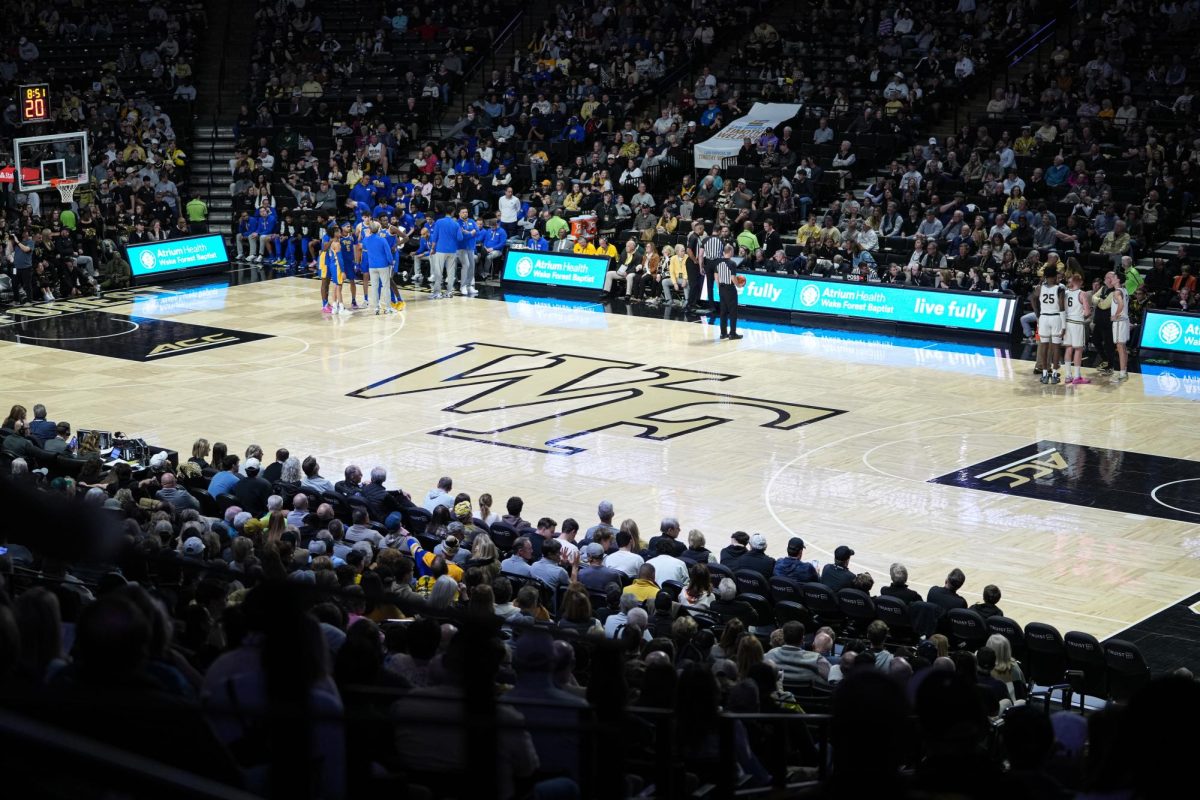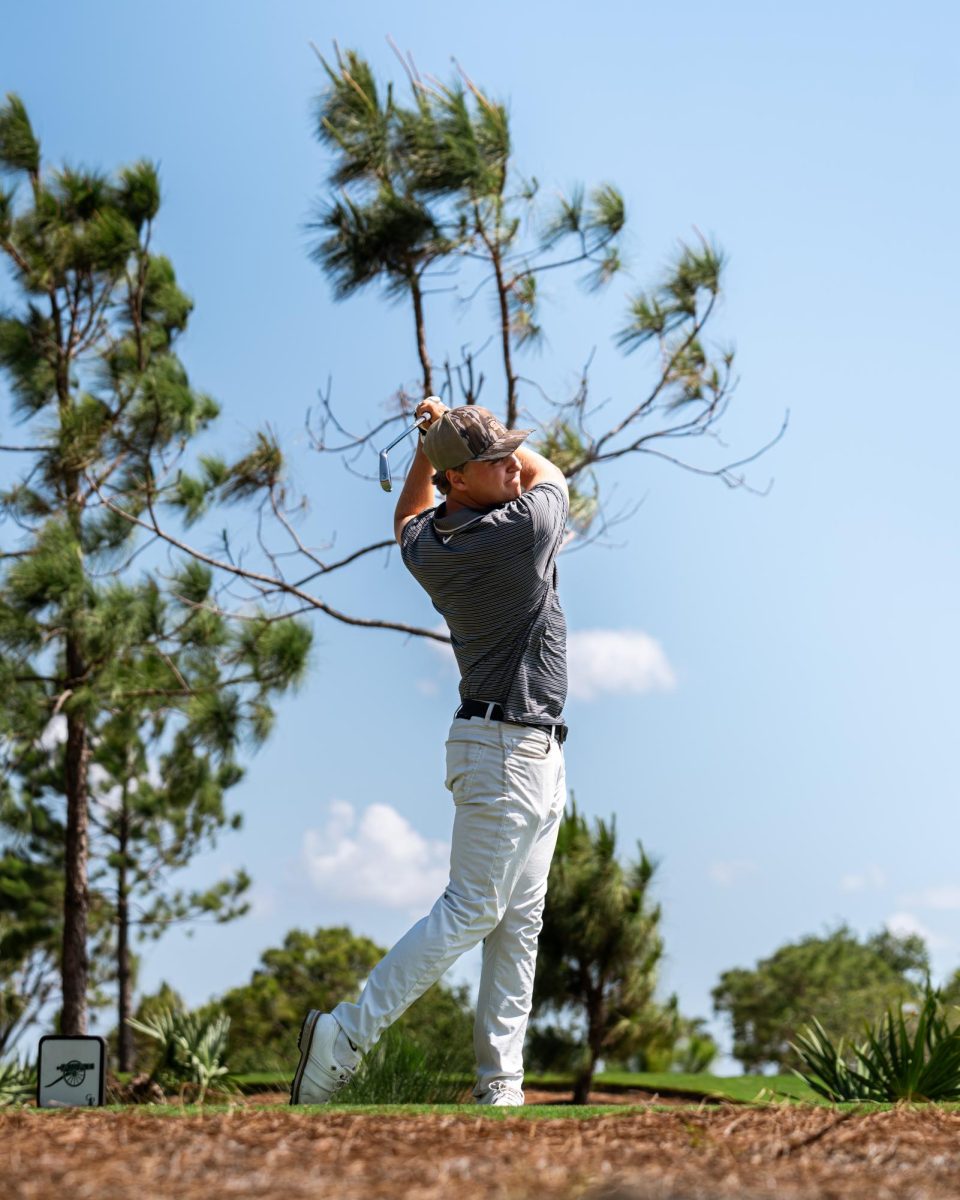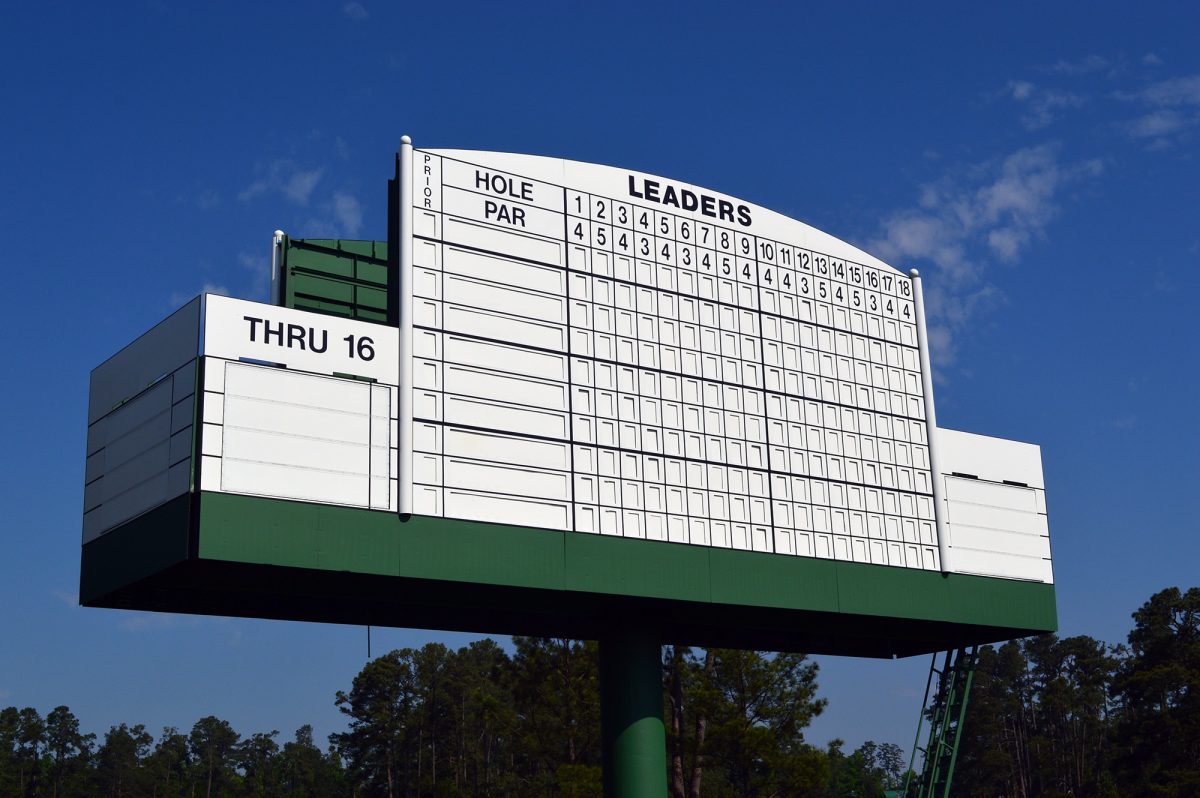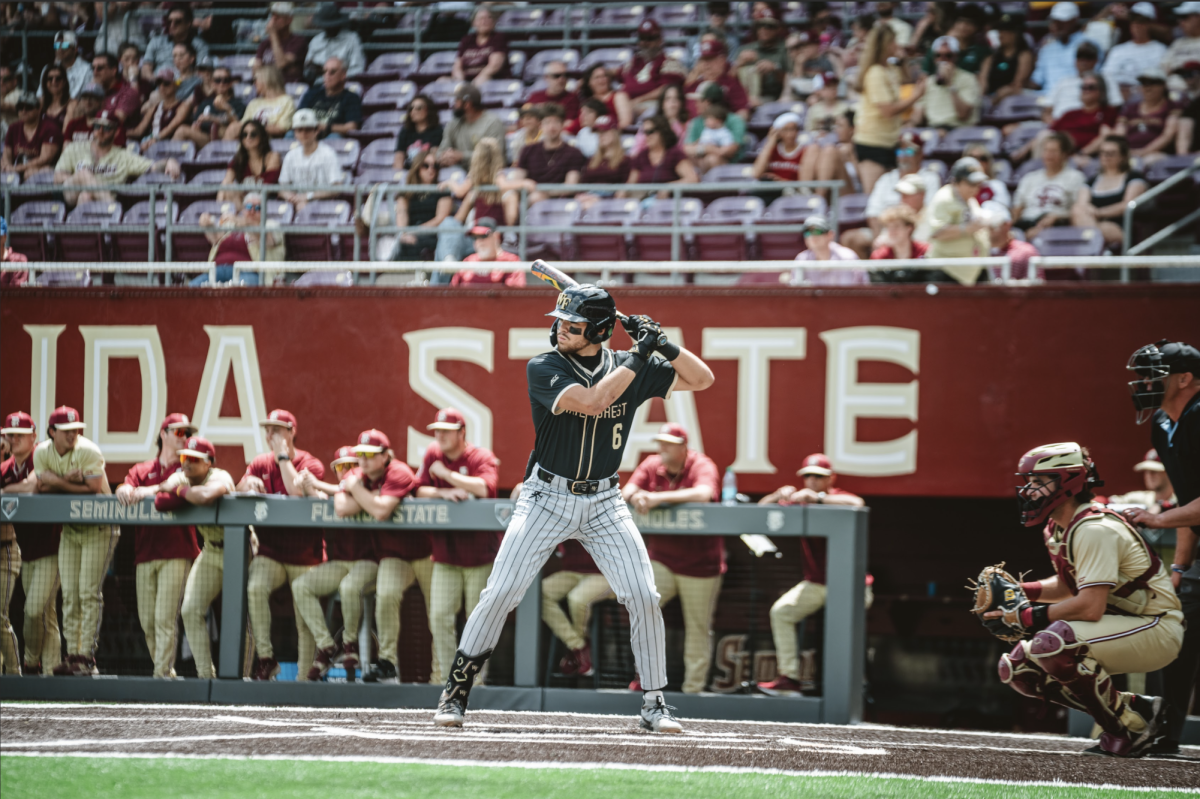On Tuesday, Oct. 29, in a surprising press release, the NCAA announced that it would take measures to allow student-athletes to benefit from their names, images and likenesses for commercial purposes.
Over the past decade, the NCAA has been consistently adamant about the need to preserve the amateur status of its student-athletes and how allowing student-athletes to profit off their college fame would blur the line between amateur and professional athletes.
This makes this official change of stance by the NCAA all the more surprising, and potentially a paradigm shift in the way college sports and student-athletes are treated in the United States.
The move comes only four weeks after California Gov. Gavin Newsom signed California’s Senate Bill 206, also known as the Fair Pay to Play Act, allowing student-athletes to profit from their image rights.
After initially reacting in opposition to the Fair Pay to Play Act, calling the bill “harmful” and “unconstitutional,” the NCAA Board of Governors approved unanimously to grant student-athletes the right to benefit from their own image “in a manner consistent with the collegiate model.”
“We must embrace change to provide the best possible experience for college athletes,” said Chair of the Board of Governors and President of The Ohio State University Michael V. Drake. “Additional flexibility in this area can and must continue to support college sports as a part of higher education. This modernization for the future is a natural extension of the numerous steps NCAA members have taken in recent years to improve support for student-athletes, including full cost of attendance and guaranteed scholarships.”
The California bill, set to go into effect in 2023, represented the latest of a series of attempts at the political level to change the NCAA’s amateur status rules.
As part of its announcement, the NCAA released a set of principles and guidelines that provide a basic understanding of how the changes will occur. Among them:
“Ensure rules are transparent, focused and enforceable and facilitate fair and balanced competition.”
“Make clear the distinction between collegiate and professional opportunities.”
“Make clear that compensation for athletics performance or participation is impermissible.”
“Reaffirm that student-athletes are students first and not employees of the university.”
“Protect the recruiting environment and prohibit inducements to select, remain at, or transfer to a specific institution.”
One of the NCAA’s main argument points against allowing student-athletes to profit from their likenesses was how unbalanced the league could become.
Scandals involving prominent athletic sponsors and university officials engaging in illegal negotiations with prospective students and their families to secure the commitment of highly talented players have been a side-effect problem of the NCAA’s current recruiting model.
This leads to the question of how much different the new model will look with the household name schools in football and basketball still holding a marketing and sponsorship advantage compared to smaller schools.
As the smallest Power Five school, Wake Forest definitely stands to lose on the recruiting trail in case schools are a part of students’ negotiation decisions.
However, if the NCAA can guarantee the autonomy of student-athletes in dealing their own image, name and likeness rights, while minimizing universities’ influence, the collegiate sports world as a whole stands only to benefit from it.
“[Tuesday’s decision] was important because it does recognize that the higher leadership of the [NCAA] understands that it is not something that we can keep kicking down the road,” said Wake Forest Athletic Director John Currie on an interview with Josh Graham from WSJS Sports Hub. “We need to take another step, and this is an important moment in embracing the fact that [allowing student-athletes to profit from their likenesses] is something that needs to happen. A modernization of the rules, while we protect the collegiate model, which is a valuable model for student-athletes across the board, evolving to reflect the reality of the environment.”
Nationally famous student-athletes like Clemson’s Trevor Lawrence or Oklahoma’s Jalen Hurts would greatly benefit from all the additional financial opportunities.
Yet, there’s a case to be made that student-athletes from smaller Power Five schools or mid-major schools will also be able to benefit from it as well.
“You could be somewhere where basketball reigns supreme [in a smaller community] and you could make a name for yourself. I do think this has the potential to allow these student-athletes to make the most out of what they worked hard for their entire lives,” said Wake Forest men’s basketball alum Gilbert McGregor. “Whether it’s saying that ‘I’m this player, I play at this school and this is the basketball camp I want to have for the youth in my hometown when I come back for the summer,’ or ‘I’m this player from this school. I rushed for this many yards as a sophomore, and I’m gonna have an autograph signing.’ That’s something that taking your likeness would allow you to do.”
It’s still too soon to say how much room the NCAA will allow for student-athletes to profit from their own likenesses. Whether they will meet the free-market standards set by the Fair Pay to Play Act or pursue limitations for how much student-athletes can earn from their public image remains to be seen.
One thing is certain, most people around college sports have wondered and debated on how student-athletes could profit from the sports’ immense popularity. The pathway for it to legally happen has never been more open.



